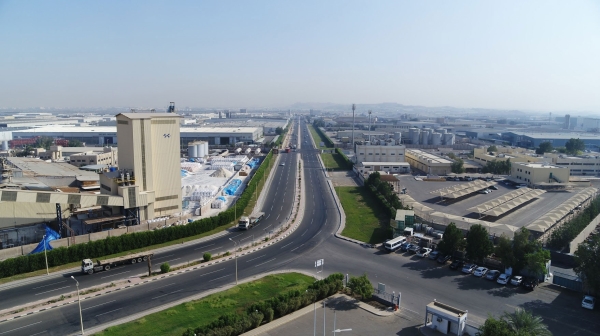

The National Industry Strategy aims to achieve an investment-friendly industrial economy that contributes to economic diversification in the Kingdom of Saudi Arabia and enhances gross domestic product (GDP) and non-oil exports, aligning with the goals of Saudi Vision 2030. It was launched by the Crown Prince, Prime Minister, and Chairman of the Council of Economic and Development Affairs (CEDA), His Royal Highness Prince Mohammed Bin Salman Bin Abdulaziz Al Saud, on October 18, 2022.
At the strategy's launch, the Crown Prince stated, 'We possess all the capabilities to achieve a competitive and sustainable industrial economy, from ambitious young talents, prime geographic location, abundant natural resources, to leading national industrial companies. Through the National Industrial Strategy, in partnership with the private sector, the Kingdom is poised to become a leading industrial powerhouse that will contribute to securing supply chains and exporting high-tech products to the world.'
Pillars of the National Industry Strategy
The National Industry Strategy focuses on twelve subsectors to diversify the industrial economy in the Kingdom. The strategy targets the Kingdom's focus on 118 selected industrial product groups based on specific criteria while identifying over eight hundred investment opportunities worth SAR1 trillion. These opportunities include roughly tripling the industrial gross domestic product and doubling the value of industrial exports to reach SAR557 billion.
The strategy aims to reach SAR1.3 trillion of additional investments in the national industry sector and increase exports of advanced tech products by about sixfold, in addition to creating tens of thousands of high-value, quality jobs.
The industrial sector is a cornerstone of Saudi Vision 2030. The launch of the National Industrial Development and Logistics Program (NIDLP) and the establishment of an independent ministry dedicated to the sector, as well as several programs and entities, resulted in doubling the number of industrial facilities, which did not exceed 7,206 factories founded over forty-two years, to increase by more than 50 percent after the launch of the vision, reaching 10,640 industrial facilities in 2022. On the other hand, the National Industry Strategy is set to drive further growth in the sector, aiming to increase the number of factories to nearly 36,000 by 2035.
Objectives of the National Industry Strategy
Through its National Industry Strategy, the Kingdom aims to lead the regional industrial integration of value chains, empower the private sector, and increase the flexibility and competitiveness of the industrial sector. Additionally, the strategy seeks to enhance industrial resilience, ensuring continued access to essential goods for the well-being of citizens and the sustainability of economic activity. By leveraging the strengths of the Saudi economy, the strategy aims to achieve global leadership in a select group of goods.
To achieve these national goals, a governance model for the industrial sector was developed. This included the formation of the Supreme Committee for Industry, headed by the Crown Prince, and the Industrial Council with the participation of the private sector to ensure the involvement of industrial investors in decision-making and development policies.
Industrial sector in Saudi Arabia
The industrial sector in the Kingdom is based on solid industrial foundations and successes built over fifty years, contributing to the addition of more than SAR340 billion to the GDP and providing many quality jobs and entrepreneurship opportunities across various industrial fields. Additionally, national industrial companies have propelled the Saudi industry to the ranks of advanced industries regionally and globally. The Kingdom is the fourth-largest manufacturer of petrochemical products worldwide, while its industrial outputs contribute to supplying global supply and manufacturing chains across numerous industries.
Enablers of the National Industrial Strategy
To enhance the competitiveness of local factories, attract entrepreneurs, and provide experts with development mechanisms, the National Industry Strategy has identified fifteen industrial enablers in the Kingdom, categorized under four enabling axes: building and strengthening supply chains with global standards, developing the industrial business environment, promoting international trade, as well as fostering a culture of innovation and knowledge in the industrial sector through talent development and enhancement.
The National Industrial Strategy contributes to increasing the rate of private sector investments in the industrial sector. By 2030, the industrial sector will add more than two and a half times its current contribution to the GPD, reaching SAR895, and the sector will double job opportunities to approximately 2.1 million jobs.
Initiatives of the National Industry Strategy
The National Industry Strategy encompasses over 136 initiatives, including initiatives specific to industrial goods and enabling initiatives for the industrial sector. Additionally, the strategy included a comprehensive set of key performance indicators to monitor performance and make data-based decisions.
Related quizzes
Related articles

